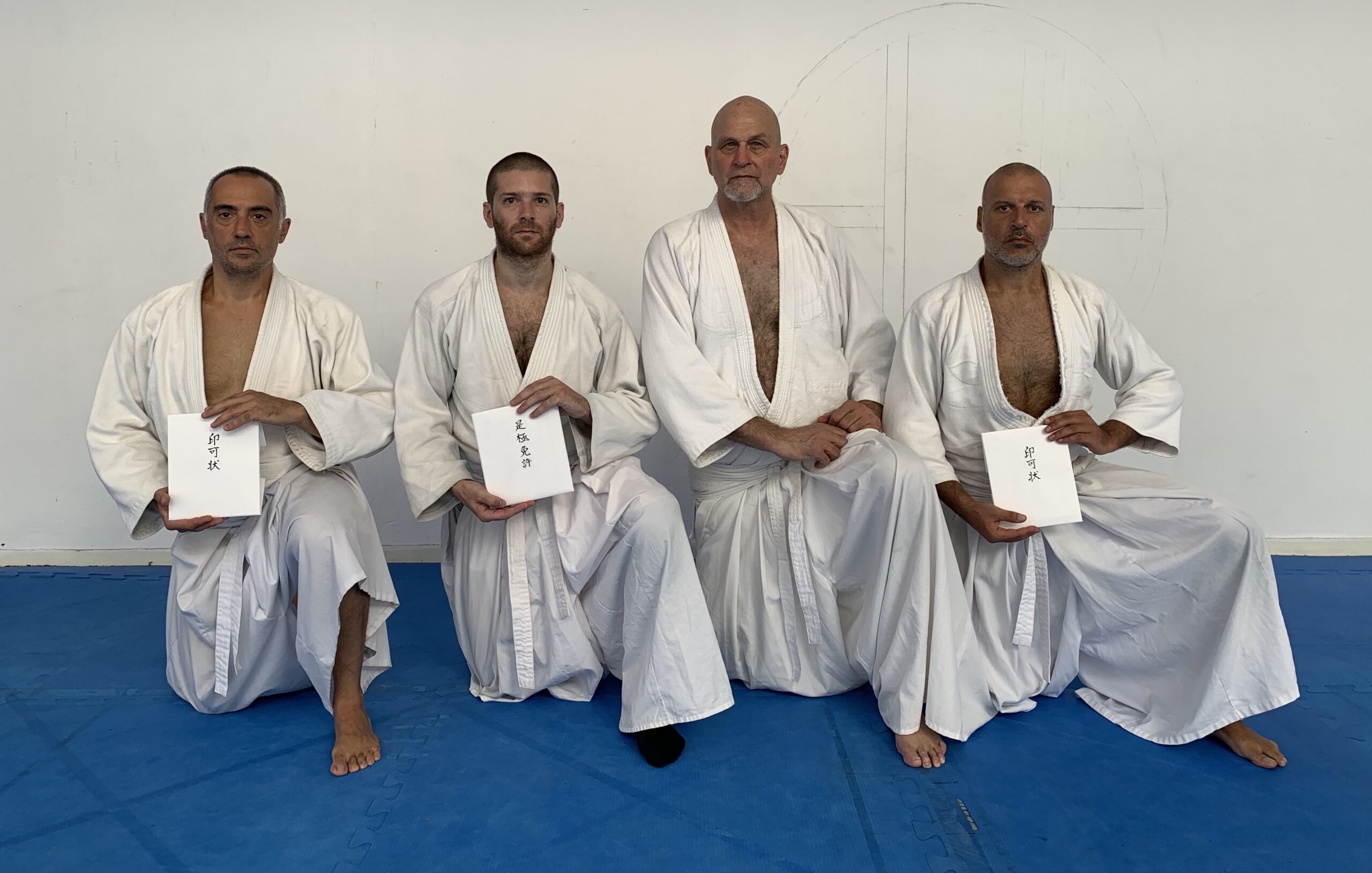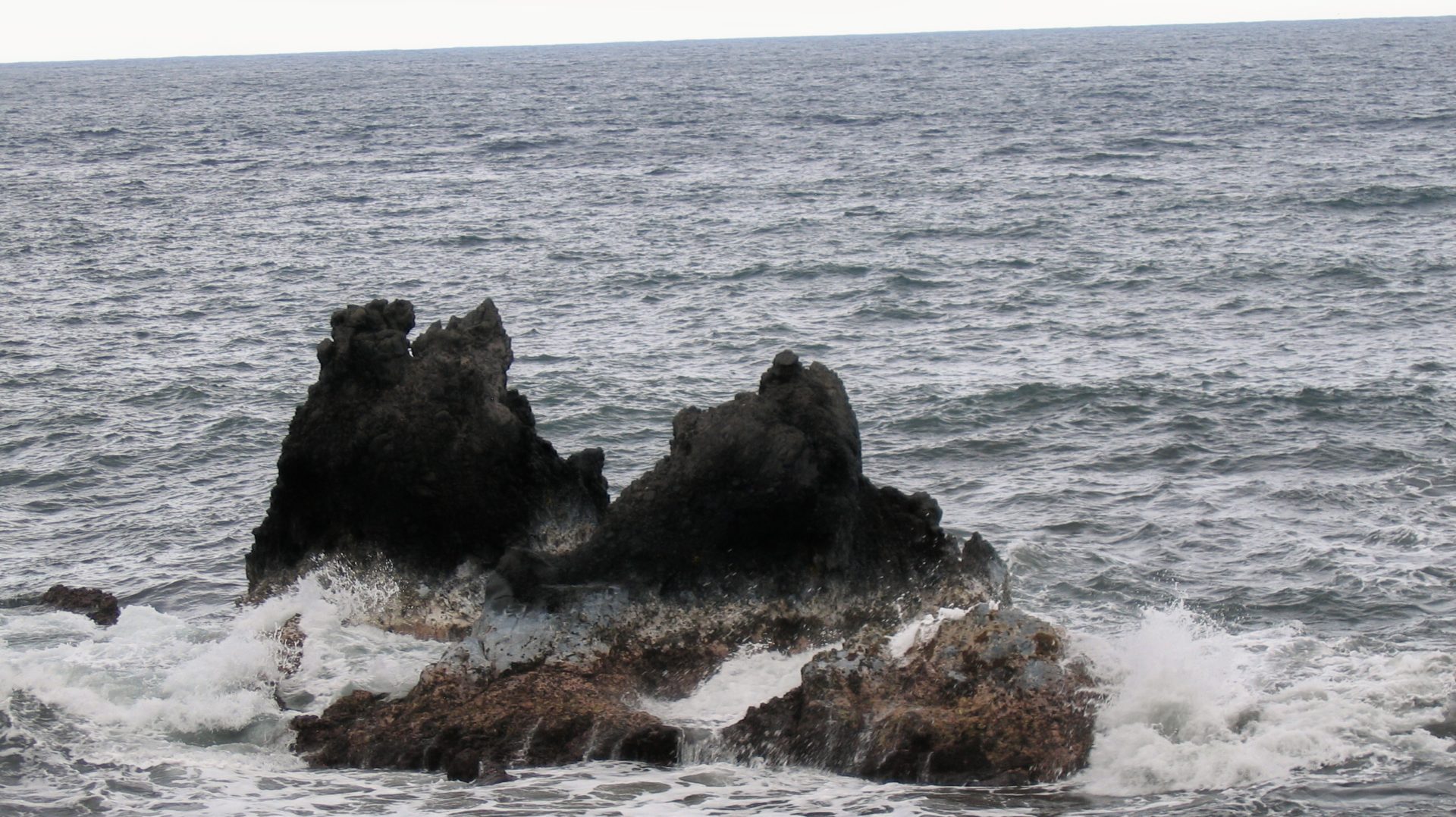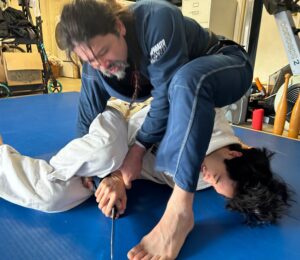 Welcome to the website of Taikyoku Araki-ryū. This is an offshoot of the Hokusei Dojo’s Araki-ryū torite-kogusoku, the martial tradition maintained by Ellis Amdur. Taikyoku Araki-ryū is an innovative training modality, embodying the creative tension that has always been at the heart of Araki-ryū, a combination of rigorous traditionalism and innovative methods to keep the ryuha congruent with the needs of the society it finds itself. 太曲 (taikyoku) could be translated as either “great themes” or “significant modules.”
Welcome to the website of Taikyoku Araki-ryū. This is an offshoot of the Hokusei Dojo’s Araki-ryū torite-kogusoku, the martial tradition maintained by Ellis Amdur. Taikyoku Araki-ryū is an innovative training modality, embodying the creative tension that has always been at the heart of Araki-ryū, a combination of rigorous traditionalism and innovative methods to keep the ryuha congruent with the needs of the society it finds itself. 太曲 (taikyoku) could be translated as either “great themes” or “significant modules.”
What Is Taikyoku Araki-ryū?
In recent years, I have been approached by individuals who meet the criteria which I have just described. They have their own training groups, usually centered around BJJ, muay Thai, and/or modern combatives. They perceive within Araki-ryū something not present within their own 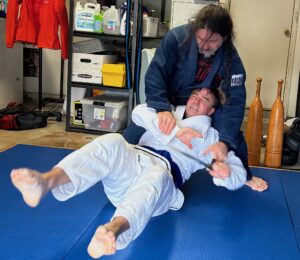 curriculum, but NOT in conflict with it. For example, grappling radically changes when one suddenly discovers that one’s opponent has a weapon, something that should be a concern if one’s martial art is intended to function outside the dojo. However, a lot of schools that focus on hand-held weapons train in using a knife in a manner of dueling practice: ‘knife fighting,’ so to speak. (This does occur in some cultures, but it is extremely unlikely in North America, Europe or Japan. The greater possibility is that one will be in a life threatening situation and suddenly one realizes that one is being attacked with a knife at close range, usually at grips, or you are in a deadly situation and only by drawing a knife, often in the middle of a grapple on the ground, will you be able to survive.) Araki-ryu has maintained training methodologies that specifically address these close combat issues, just as they did over four hundred years ago on the battlefields of Japan.
curriculum, but NOT in conflict with it. For example, grappling radically changes when one suddenly discovers that one’s opponent has a weapon, something that should be a concern if one’s martial art is intended to function outside the dojo. However, a lot of schools that focus on hand-held weapons train in using a knife in a manner of dueling practice: ‘knife fighting,’ so to speak. (This does occur in some cultures, but it is extremely unlikely in North America, Europe or Japan. The greater possibility is that one will be in a life threatening situation and suddenly one realizes that one is being attacked with a knife at close range, usually at grips, or you are in a deadly situation and only by drawing a knife, often in the middle of a grapple on the ground, will you be able to survive.) Araki-ryu has maintained training methodologies that specifically address these close combat issues, just as they did over four hundred years ago on the battlefields of Japan.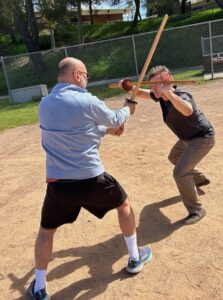
In any event, the individuals in these training groups already do hardcore training in arts that they love, but due to the commitments they’ve already made to their arts, as well as family and work responsibilities, they do not have the wherewithal to offer ten or more years of their lives, many hours each week, to mastering the entire curriculum of Araki-ryu torite kogusoku. Yet they wish to learn what Araki-ryū offers.
I have, therefore, created a modular structure. In consultation with each specific group, we select one portion of the Araki-ryū curriculum and train that in full. These already established training groups are working, in varying proportions and with different kata sets, on staff, sword and close combat with small weaponry, depending on the group.
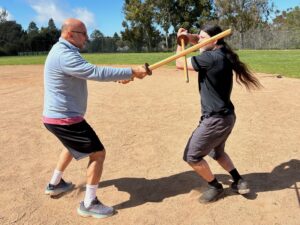 This modular structure allows me to work with seasoned martial artists, teaching part of the curriculum fully, without the ‘pressure’ on both sides that they learn the entire ryūha (Because of Araki-ryū’s character, where the same core principles imbue every section of the ryūha, nothing is taught in an incomplete fashion). If, in the future, a certain group desires to learn another ‘module,’ that can easily be accomplished. We are able to make any point a stopping point.
This modular structure allows me to work with seasoned martial artists, teaching part of the curriculum fully, without the ‘pressure’ on both sides that they learn the entire ryūha (Because of Araki-ryū’s character, where the same core principles imbue every section of the ryūha, nothing is taught in an incomplete fashion). If, in the future, a certain group desires to learn another ‘module,’ that can easily be accomplished. We are able to make any point a stopping point.
A perusal of Araki-ryū scrolls from antiquity shows that this is most likely something I have rediscovered rather than invented. Along with many lines that practiced the complete curriculum, spanning close combat, a variety of weaponry and the like, other lines specialized in kenjutsu, jujutsu or several weapons. It is clear that groups chose to specialize (or instructors chose to circumscribe) a curriculum best suited to the needs of that group or locale.
Concerning Araki-ryū
Araki-ryū is a martial tradition with a history of well over four hundred years. One of the core principles of this ryuha is encapsulated in the phrase, “一国一伝,” meaning, “In one country, one tradition.” What this means is that the founders of Araki-ryū 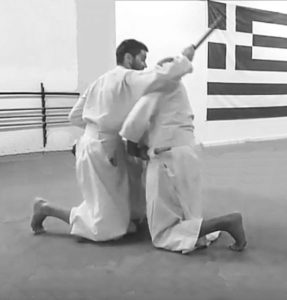 required that its practitioners, while maintaining the ryūha’s core principles, adapt the art to local conditions so that it would ensure the best chance of survival for its members. For this reason, there have been a number of lines of Araki-ryu throughout Japanese history. Among them is the Araki-ryū torite kogusoku, a tradition maintained by Ellis Amdur at his Hokusei Dojo. Amdur is a practitioner of over forty-five years, thirteen of which were spent in Japan, and he has students both in the United States and in Greece.
required that its practitioners, while maintaining the ryūha’s core principles, adapt the art to local conditions so that it would ensure the best chance of survival for its members. For this reason, there have been a number of lines of Araki-ryu throughout Japanese history. Among them is the Araki-ryū torite kogusoku, a tradition maintained by Ellis Amdur at his Hokusei Dojo. Amdur is a practitioner of over forty-five years, thirteen of which were spent in Japan, and he has students both in the United States and in Greece.
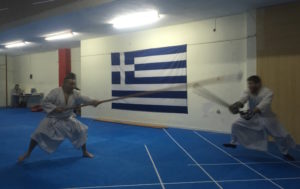
Araki-ryū torite kogusoku is a very demanding study. With a large curriculum, and harsh training and techniques, it requires an enormous commitment of time and energy, one that few people are able to meet, even if they want to. Araki-ryu torite kogusoku is rather unique in that we simultaneously train in a traditional Japanese bugei, using kata as our core training, but we also include a number of free-style methodologies, attempting to hone skills through ‘breaking the kata,‘ and thereby making the training ‘live.’ The rare individual drawn to such a martial art is someone who fully loves tradition, but also loves the kind of impact, intensity and freestyle training found in MMA.
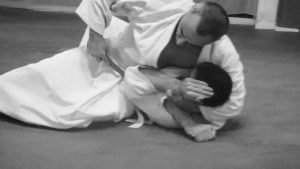
Nonetheless, the legacy of Araki-ryū torite kogusoku is assured. Greece is currently the center of Ellis Amdur’s lineage of Araki-ryū under the direction of 20th generation shihan Thanassis Bantios, and shihandai, Leonidas Gouliotis & shihandai Giorgos Chronopoulos.
